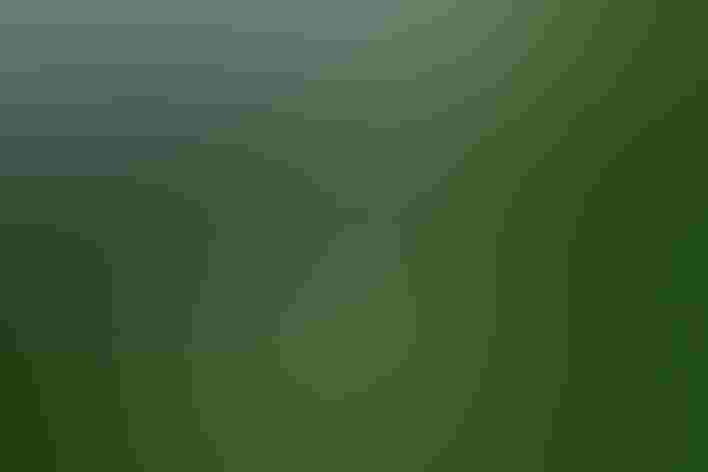Mute Swan
At a Glance
Brought in from Europe as an ornamental addition to parks and estates, the Mute Swan has established itself in a feral state in some parts of North America, mainly in the northeast. In some places, it has become common enough to be unpopular, and it is considered a pest in a few areas. Not really 'mute'; its voice is hoarse and much quieter than those of our native swans, but its wingbeats may be heard as much as a mile away.
All bird guide text and rangemaps adapted from Lives of North American Birds by Kenn Kaufman© 1996, used by permission of Houghton Mifflin Harcourt Publishing Company. All rights reserved.
Category
Duck-like Birds, Swans
IUCN Status
Least Concern
Habitat
Coasts and Shorelines, Freshwater Wetlands, Lakes, Ponds, and Rivers, Saltwater Wetlands, Urban and Suburban Habitats
Region
Eastern Canada, Great Lakes, Mid Atlantic, New England, Plains, Southeast, Western Canada
Behavior
Direct Flight, Formation, Swimming
Population
400.000
Range & Identification
Migration & Range Maps
North American birds seem not to migrate farther than necessary. Those in northeast move southward or to coastal waters when breeding lakes freeze; more southerly birds may be sedentary. On native range in Eurasia, may migrate long distances.
Description
58-60" (1.47-1.52 m). W. 7'11 (2.4 m). Very large, with plumage all white. Orange bill with raised black knob. Often swims with neck held in graceful S-curve, sometimes with wings arched above its back. Young bird duller, may be brownish gray, with gray bill.
Size
About the size of a Heron
Color
Black, Brown, Gray, Orange, White
Wing Shape
Broad, Long, Rounded
Tail Shape
Short
Songs and Calls
Usually silent, but utters hissing and barking notes. A loud trumpeting call is rarely heard; wings make loud whirring sound in flight.
Call Pattern
Flat, Simple
Call Type
Croak/Quack, Rattle
Habitat
Ponds, both fresh and salt; coastal lagoons, salt bays. In North America found in wide variety of wetland areas including all types of marshes, lakes, park ponds; often in close association with humans, but also in some remote wild areas.
Sign up for Audubon's newsletter to learn more about birds like the Mute Swan
Behavior
Eggs
5-7, up to 10, rarely 11. Very pale green, becoming nest-stained. Incubation period about 36 days. Female does almost all incubating; male will sit on nest while female is off foraging.
Young
both adults tend young; small young often carried on parents' backs. Young fledge in 4-5 months, usually remain with parents through first winter.
Feeding Behavior
Feeds by dabbling at water's surface, dipping head and neck below surface, and upending with tail up and head extending straight down; also grazes on land. Readily adapts to artificial feeding by humans.
Diet
Mostly plant material. Feeds on seeds, stems, leaves, and roots of aquatic plants, including pondweeds, eelgrass, algae. Also grazes on grasses, feeds on waste grain. Sometimes eats insects, snails, worms, tadpoles, small fish.
Nesting
Pairs usually form at age of 2 years, first nesting usually at 3-4 years. Pairs in courtship face each other and turn heads from side to side in unison. In threat display to protect nesting area, wings arched over back, head laid far back with neck feathers fluffed out, while swan swims forward jerkily. Nest site on shoreline, small island, or mound built up in shallows. Nest (built by female, although male helps gather material) is mound of plant material, usually 5-6' in diameter, with shallow depression on top.
Conservation
Conservation Status
North American populations are still increasing. These huge birds can pose a nuisance, consuming great amounts of aquatic vegetation and competing with native waterfowl. By the early 1990s some biologists suggested control of the population in some areas, especially Chesapeake Bay region and southern New England, but general public opinion was still on the side of the swans.
Climate Threats Facing the Mute Swan
Choose a temperature scenario below to see which threats will affect this species as warming increases. The same climate change-driven threats that put birds at risk will affect other wildlife and people, too.













